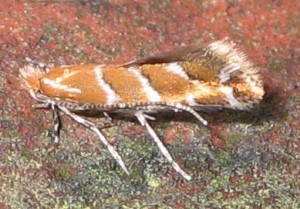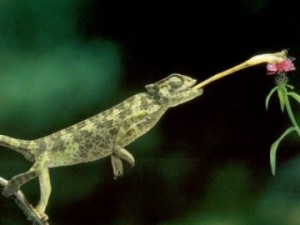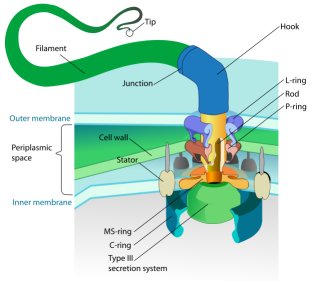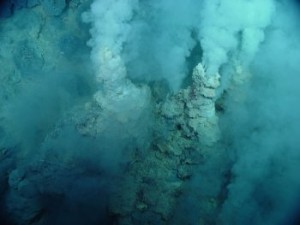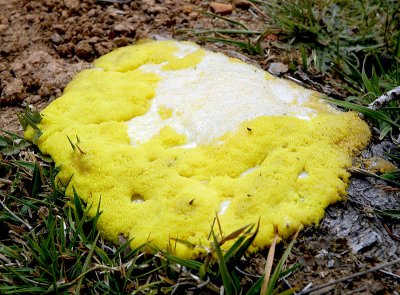In my previous post, I discussed the new journal BIO-Complexity. I briefly discussed the first two articles in the journal, but I want to go into one of them in more detail, because the results are fascinating.
To understand the importance of the paper’s result, remember one of the ways evolutionists think information can be added to a genome. They think that gene duplication occurs, resulting in two identical genes. The copy of the gene can mutate freely, since it doesn’t really have to produce anything. After all, the original gene is still producing the protein that the organism needs, so if the duplicate gene doesn’t produce anything useful, there is really no problem. Since the copy is free to mutate, it can presumably become a completely different gene, adding information to the genome. This is supposed to play a major role in evolution.
So imagine you have this gene copy that is free to mutate. Since it can mutate a lot, it presumably can “explore” all sorts of possibilities as far as the new proteins it might make. When it hits on a protein that is beneficial to the organism’s survival, it will be naturally selected, and presto, there is new information in the genome of that species.
This idea sounds reasonable (ignoring annoying things like information theory), but it hinges on the assumption that a duplicated gene is free to mutate and that the cell continues to “sample” that mutating gene so as to “try out” the new proteins for which the duplicate is coding. Well, that didn’t happen in the experiment presented in the BIO-Complexity paper.
Continue reading “Another Confirmation of the Creationist View of the Genome”

